Nanobreadboards made of DNA bricks provide twice the positional precision, twice the packing density, and faster prototyping than do alternative means to arrange functional molecules.
Arranging molecular chromophores on DNA brick nanobreadboards


Nanobreadboards made of DNA bricks provide twice the positional precision, twice the packing density, and faster prototyping than do alternative means to arrange functional molecules.

Recent research demonstrates that certain non-aqueous solvents can not only be used to assemble DNA nanostructures, but offer certain advantages over conventional aqueous solvents.
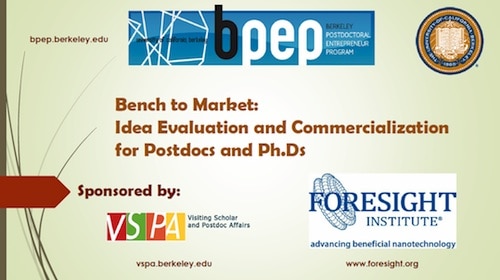
To educate potential entrepreneurs on strategies for moving discoveries from the benchtop to successful commercialization, Foresight co-sponsored an event in the “Ph.D. to Startup” Workshop Series of the Berkeley Postdoc Entrepreneur Program.
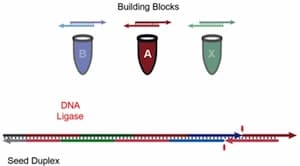
Using the enzyme DNA ligase and small DNA strands as building blocks provides an efficient and less expensive path to a large variety of DNA scaffolds and other structures.
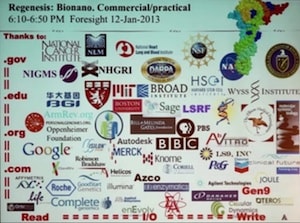
At the 2013 Conference George Church presented an overview of his work in developing applications of atomically precise nanotechnology intended for commercialization, from data storage to medical nanorobots to genomic sequencing to genomic engineering to mapping individual neuronal functioning in whole brains.

Programmed assembly and disassembly of rigid 3D DNA origami objects has been achieved by designing complementary surface shapes based upon weak stacking interactions to create simple nanomachines.

Linking proteins to DNA scaffolds to produce complex functional nanostructures can require chemistry that damages protein function. A new systematic approach avoids exposing proteins to damaging conditions.
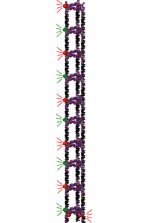
Single-molecule spectroscopy makes possible adding one rung at a time to a foundational rung grafted to a surface to make a long nanotube scaffold of predetermined sequence.
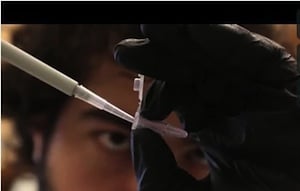
Positioning two or more molecules along a long DNA strand can cause the DNA molecule to adopt different shapes if the molecules interact. Quickly and cheaply separating these shapes by a simple gel electrophoresis assay provides a wealth of information about how the molecules interact.

RNA origami brings new dimensions to nucleic acid nanotechnology by exploiting the much greater variety of RNA structural motifs (compared to DNA) to do what cannot easily be done with DNA origami, like fold into predetermined nanostructures rapidly while being transcribed.